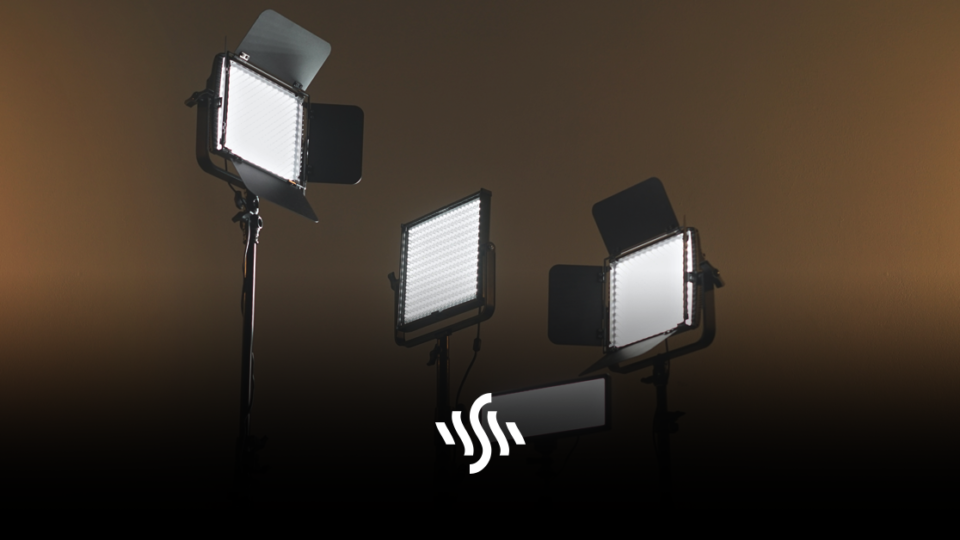What Is 3 Point Lighting & Why Should You Use It?
Whether you’re filming an interview or making a documentary, using a 3 point lighting set up will take your video up a gear. Here’s how you can use it in your projects!
There’s a pretty typical ongoing debate in filmmaking and videography; what’s more important, the camera or lighting? It’s not far off the whole “chicken and the egg” situation. Sure, amazing cameras have a lot of neat features built in to combat poor quality lighting. But, they can’t magic up the perfect lighting themselves. If you want to get incredible footage, pair an awesome camera with some well thought out lighting.
Beginners to videography or filmmaking need not panic. There is relatively simple concept that you can follow, which will immediately elevate your video content. Whether you’re vlogging for YouTube content, or creating engaging Reels for marketing purposes, pay attention to what’s coming next!
What Is 3 Point Lighting?
The term “3 point lighting” may sound familiar to you, or it may not. Whichever it is, it doesn’t matter, because you’re going to learn all about it now.
As Steve from DiCasaFilm explains in his video, 3 point lighting is made up of the key light, fill light, and hair light. This kind of lighting is perfect for when you are lighting a specific subject, like a person or animal. Before getting creative and experimental with your lighting, starting off with 3 point lighting at your home base will give you a sturdy foundation.
- Key Light – This is your main source of light, and will be the brightest and closest to your subject.
- Fill Light – Fills in the shadows that are created by the key light, and tends to sit to the side of the subject and further away than the key light.
- Hair Light – Separates the subject from the background, and is usually positioned above and behind the subject.
From here, you can play with the brightness of each light, or even take away some. It all depends on the mood and feel you are trying to create in your video. Using 3 point lighting gives you room to try different things, without going in too blindly into a lighting set up. It’s pretty much the entry-level film school lighting set up that every filmmaker will learn. You can’t go too far wrong if you start off with this lighting set up for your interviews, documentaries, or commercials.
